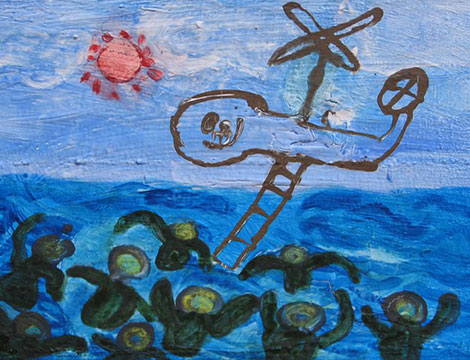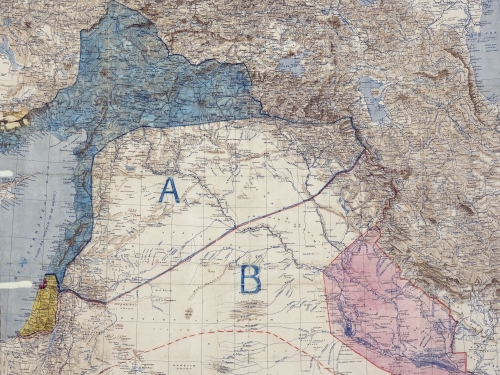
This article was originally published by the Stockholm International Peace Research Institute (SIPRI) on 18 December 2016.
Migration has persisted in one form or another throughout the centuries: from nomadic hunters to industrial labourers, from traders to seafarers, from colonists to persecuted minorities. Many migration routes—like those that traverse the Sahara or meander through the Amazonian border regions of Brazil, Ecuador and Peru—pre-date the states whose borders they cross. And yet, the study of vulnerable human mobility and our commitment to the protection of migrants and their rights are relatively recent.
Comprised of numerous and often competing narratives, public discourse on migration is indicative of its complexity. However, often framed at the state or regional level, it also obscures the human dimensions of migration. On International Migrants Day, it’s worth reflecting on the number and experiences of people on the move.




